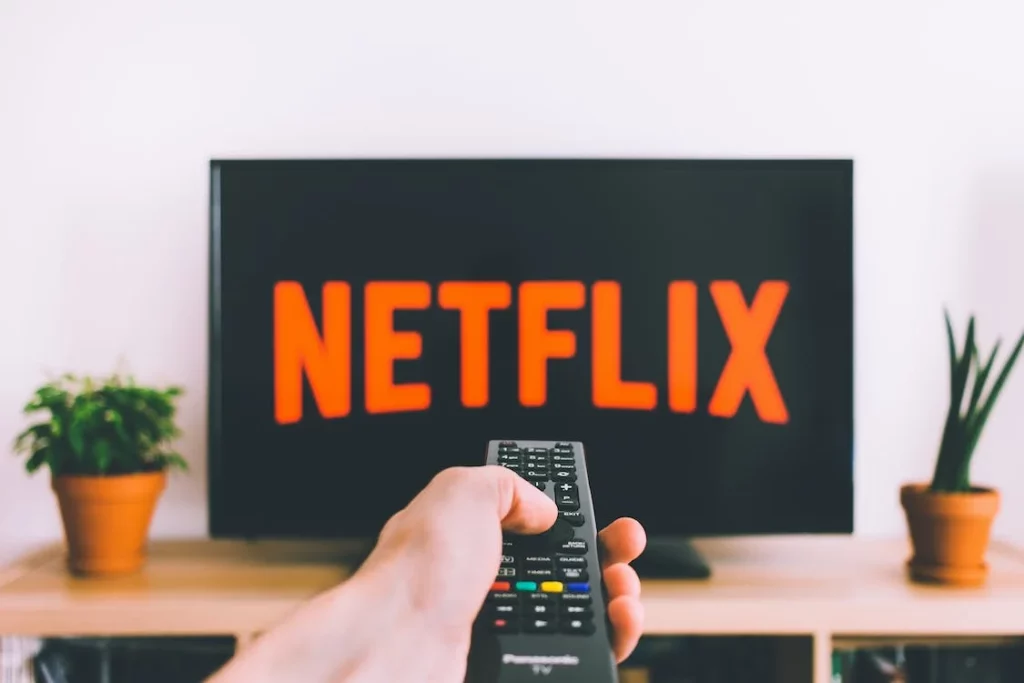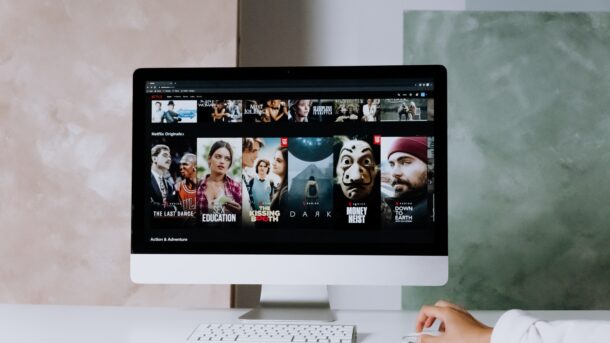Streaming services have changed the way we consume media, especially films. With the rise of platforms like Netflix, Amazon Prime, and Disney+, more and more people are choosing to watch movies from the comfort of their own homes. The convenience and flexibility of streaming services have made them incredibly popular, and they are rapidly becoming the primary way that people watch films. In this blog post, we will explore the impact of streaming services on the film industry.
If you’re looking to fund your own film project, make sure you check out our funding contests!
Looking Back: The history of Streaming Services
The concept of streaming media has been around for several decades, but it was only in the early 2000s that the technology started to take off. The first streaming services were mostly focused on delivering music and other audio content, but as internet speeds improved, video streaming became more viable.
One of the earliest streaming services was RealPlayer, which was released in 1995. RealPlayer allowed users to stream audio and video content over the internet, but the quality was poor and the service was unreliable due to slow internet speeds. Other early streaming services included QuickTime, Windows Media Player, and Adobe Flash.
The Rise of Netflix
In 2007, Netflix introduced its streaming service, which allowed users to watch movies and TV shows directly on their computers. At the time, the selection was limited, and the quality wasn’t great, but it was a game-changer for the industry. Netflix continued to expand its streaming library, and by 2013, it had more than 1 billion hours of streaming content every month.
Other Streaming Platforms
As streaming technology improved, other companies started to enter the market. Amazon launched its streaming service, Amazon Prime, in 2011, which offered a selection of movies and TV shows to subscribers. Disney+ launched in 2019 and quickly became a major player in the streaming world, thanks to its impressive catalog of Disney-owned content.
Today, there are numerous streaming services available, each with their own unique features and limitations. From Netflix to Hulu to HBO Max, streaming has become an essential part of how we consume media. The convenience of streaming has made it an attractive alternative to traditional cable TV, and it has had a significant impact on the film industry.
Some films are even posted on platforms like YouTube – although it might not always be a great idea.

How did Streaming Overtake Other Media so Quickly?
The rapid rise of streaming services can be attributed to several factors. One of the main reasons is the convenience they offer. With streaming services, users can access a vast library of content from anywhere, at any time. They no longer have to rely on traditional TV schedules or pay for expensive cable packages.
Another reason for the popularity of streaming services is their affordability. Many streaming services offer subscription plans at a fraction of the cost of cable TV. This has made it possible for more people to access a wider variety of content than ever before.
Streaming services have also been able to adapt quickly to changing technology. As internet speeds have improved, streaming services have been able to offer higher quality video and audio content. They have also been able to innovate with features like offline viewing, which allows users to download content to watch later without an internet connection.
Disruption of Traditional Media
Streaming services have disrupted traditional media in numerous ways, and the film industry is no exception. The traditional model of film distribution involved a theatrical release, followed by a DVD release several months later. This model has been upended by streaming services, which can offer films directly to consumers without the need for a theatrical release.
Streaming services have also disrupted the traditional Hollywood studio system. With the rise of independent production companies and the ability to finance and distribute films online, filmmakers have more options than ever before. Streaming services have also given more opportunities for diverse voices and perspectives to be heard, which has led to a wider variety of content being produced and consumed.
Overall, the rise of streaming services has had a significant impact on the film industry. It has changed the way films are made, distributed, and consumed, and it will likely continue to shape the industry in the years to come.

How have streaming platforms changed the film industry?
Streaming services have changed the film industry in numerous ways. One of the biggest changes is in the way films are financed and produced. With the rise of independent production companies, filmmakers now have more opportunities to secure funding for their projects. Streaming services have also given filmmakers more creative control, as they are not beholden to the demands of traditional studios.
Streaming services have also changed the way films are distributed. The traditional theatrical release model has been disrupted, with many films now premiering exclusively on streaming platforms. This has given filmmakers more options for distribution. It’s also opened up new audiences to films that might not have received a theatrical release.
Pros and Cons for Filmmakers and the Film Industry
Streaming services have both pros and cons for filmmakers and the film industry. One of the pros is the ability to reach a wider audience. With streaming services, films are viewed by people all over the world, leading to increased exposure and revenue.
However, there are also some cons. One of the biggest is the reduced revenue from streaming compared to traditional distribution methods. While streaming services offer a convenient way for audiences to access content, they typically pay less per view than a traditional theatrical release or DVD sale. This can make it difficult for independent filmmakers to recoup their production costs.
Changing Audience Perceptions
Streaming services have also changed the way audiences perceive films and their expectations. With so much content available at their fingertips, audiences have become more discerning about what they watch. They expect high-quality content, and they are not willing to settle for subpar films.
At the same time, streaming services have also opened up new audiences to different types of films. A wider variety of content being available exposes audiences to films they might not have seen otherwise. This leads to the production and consumption of more diverse and inclusive content.

Looking to the future…
Streaming services transformed the film industry by altering how films get financed, produced, and distributed. While there are both pros and cons to this disruption, it is clear that streaming services will continue to shape the industry in the years to come.
As a final thought, we want to highlight our film funding contests! Filmmakers can win up to $10,000 for their short film with just one sentence. Our goal is to provide a platform for independent filmmakers to showcase their work and gain exposure in the industry.
Thank you for reading our blog post on the impact of streaming services on the film industry. We hope you found it informative and insightful.




